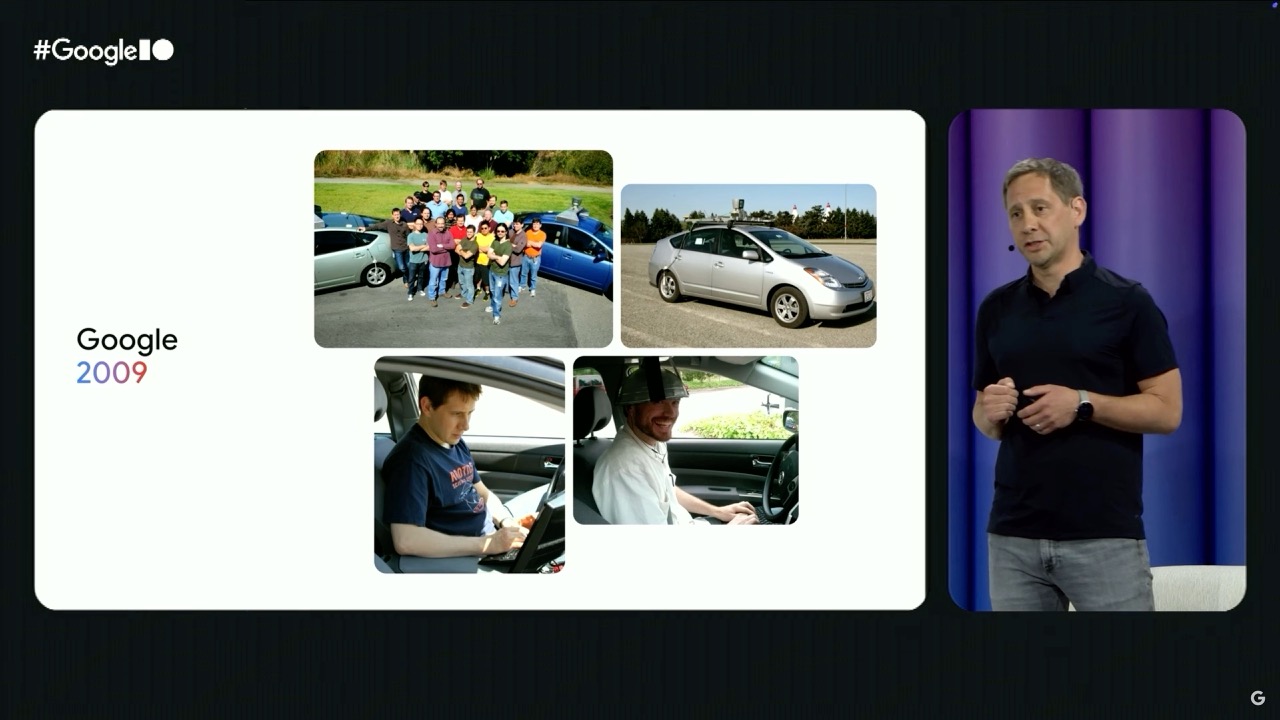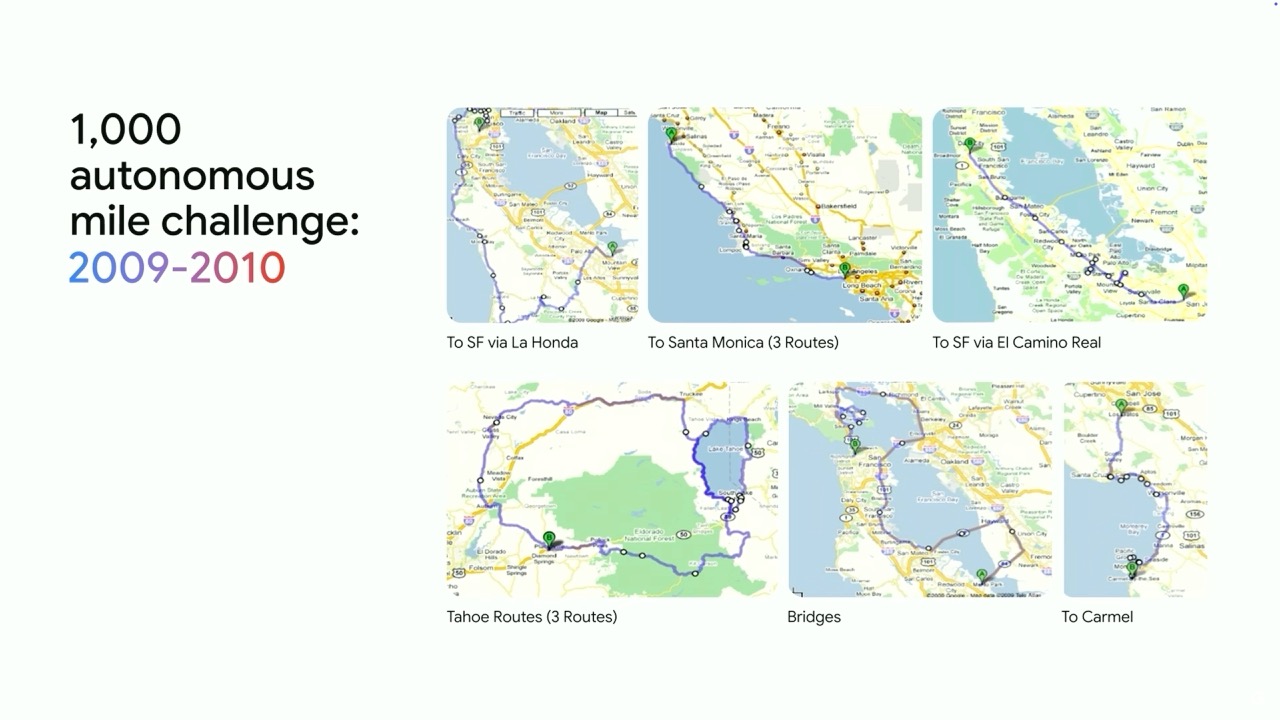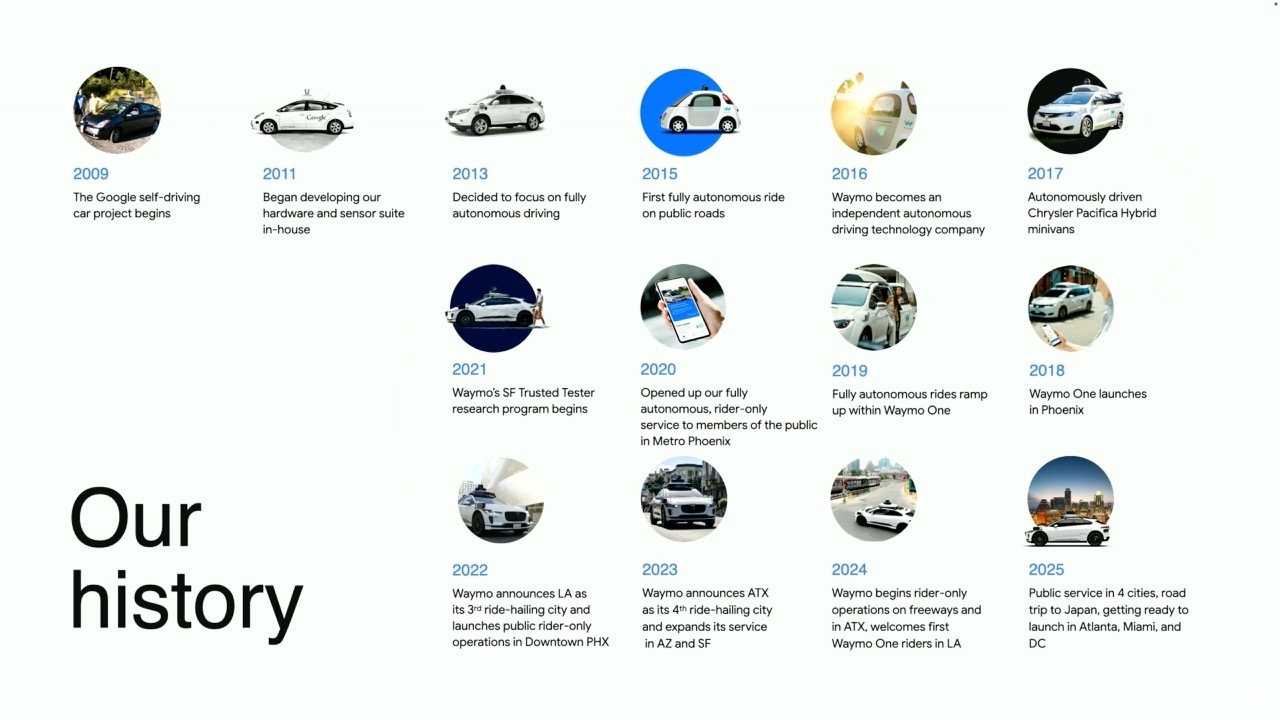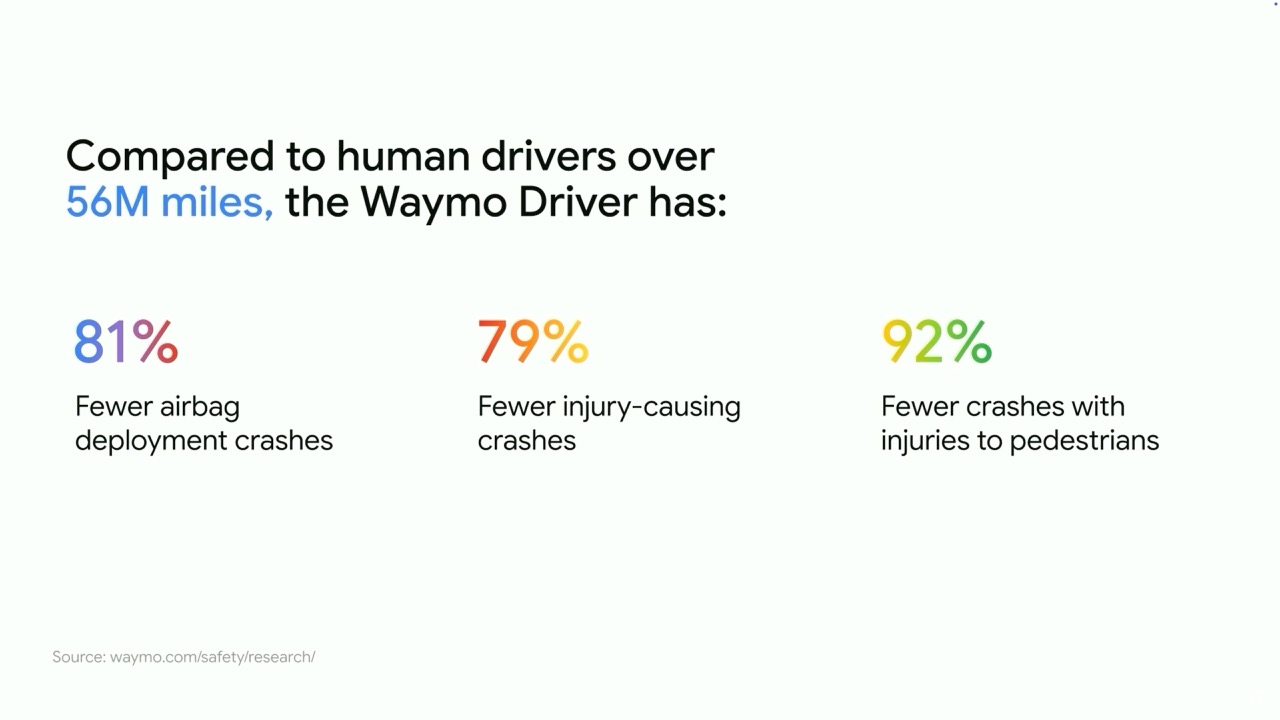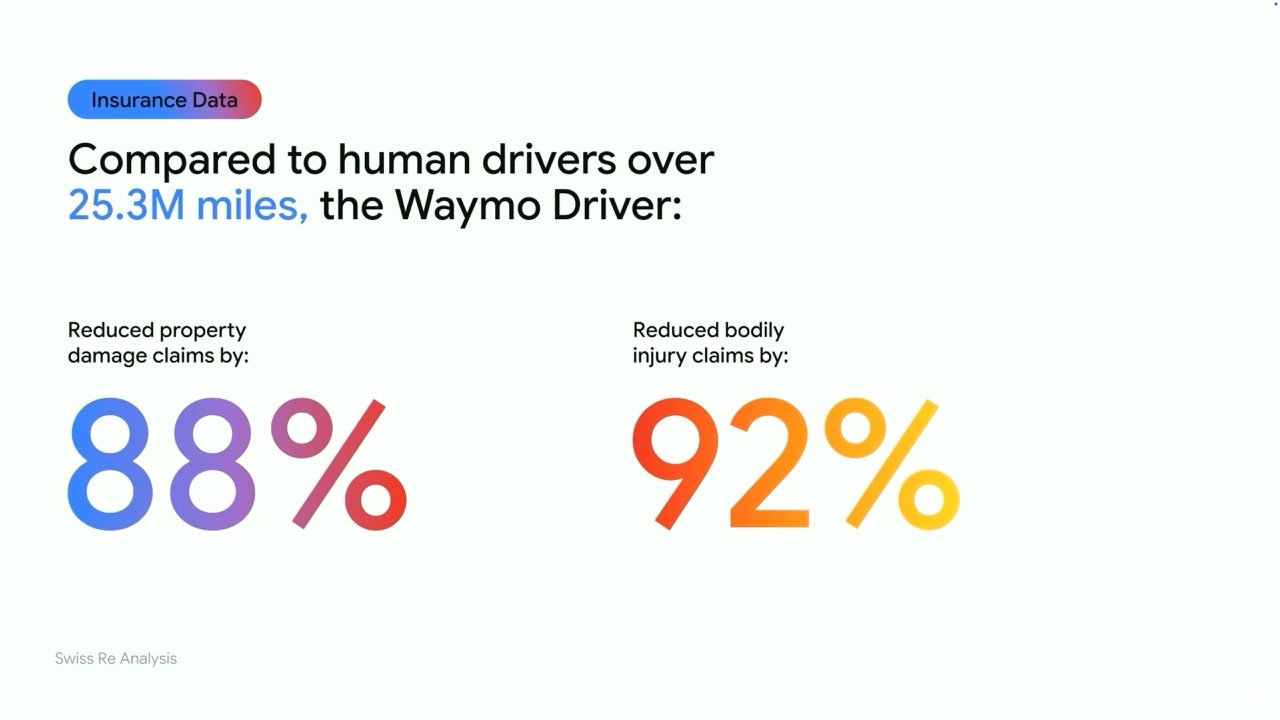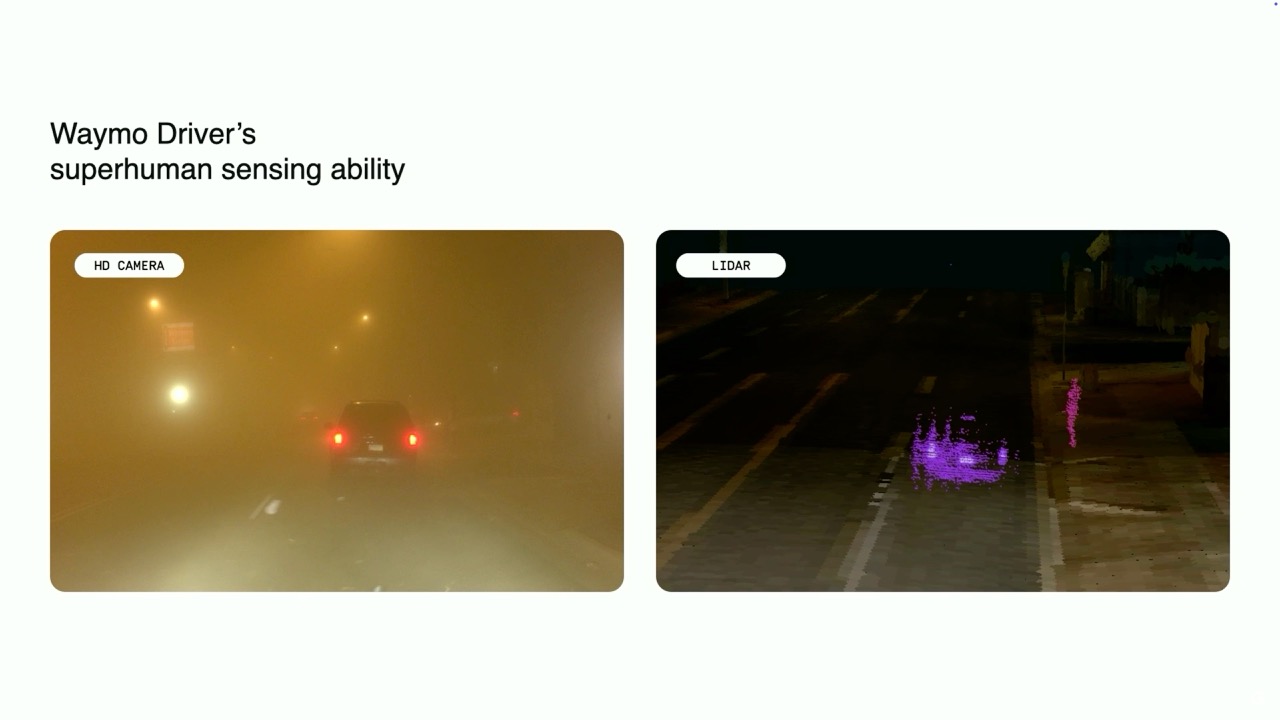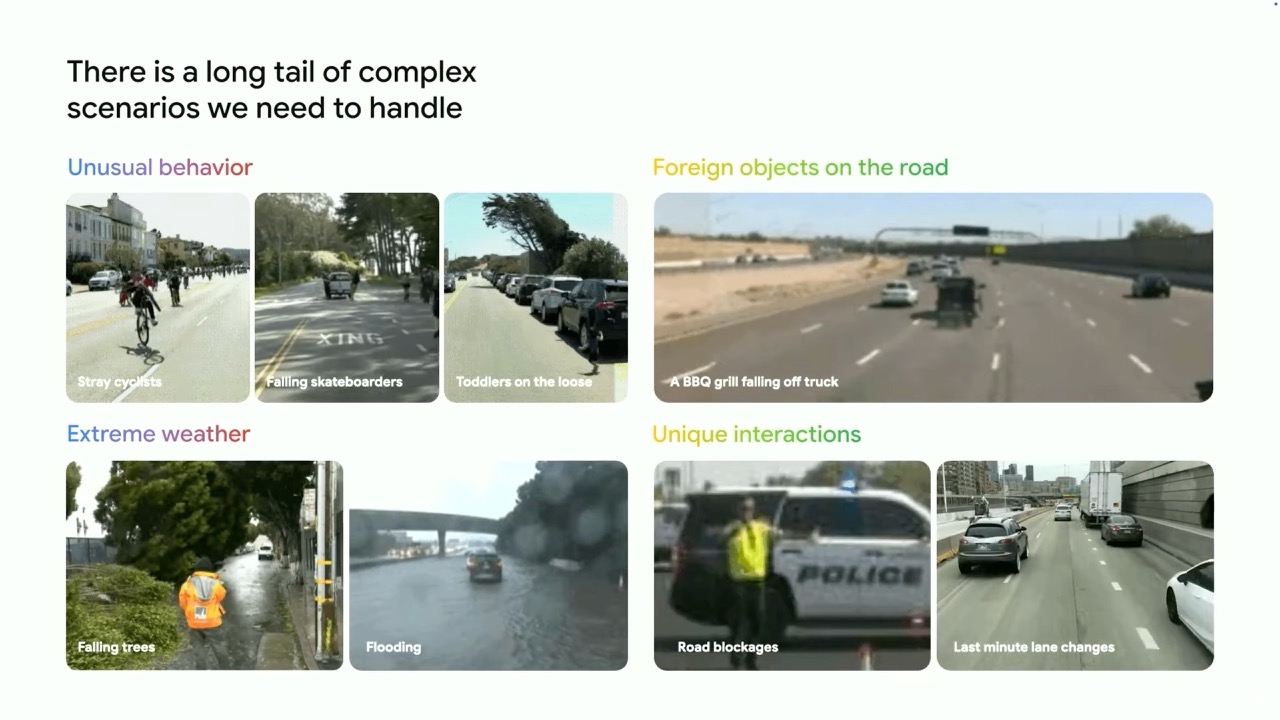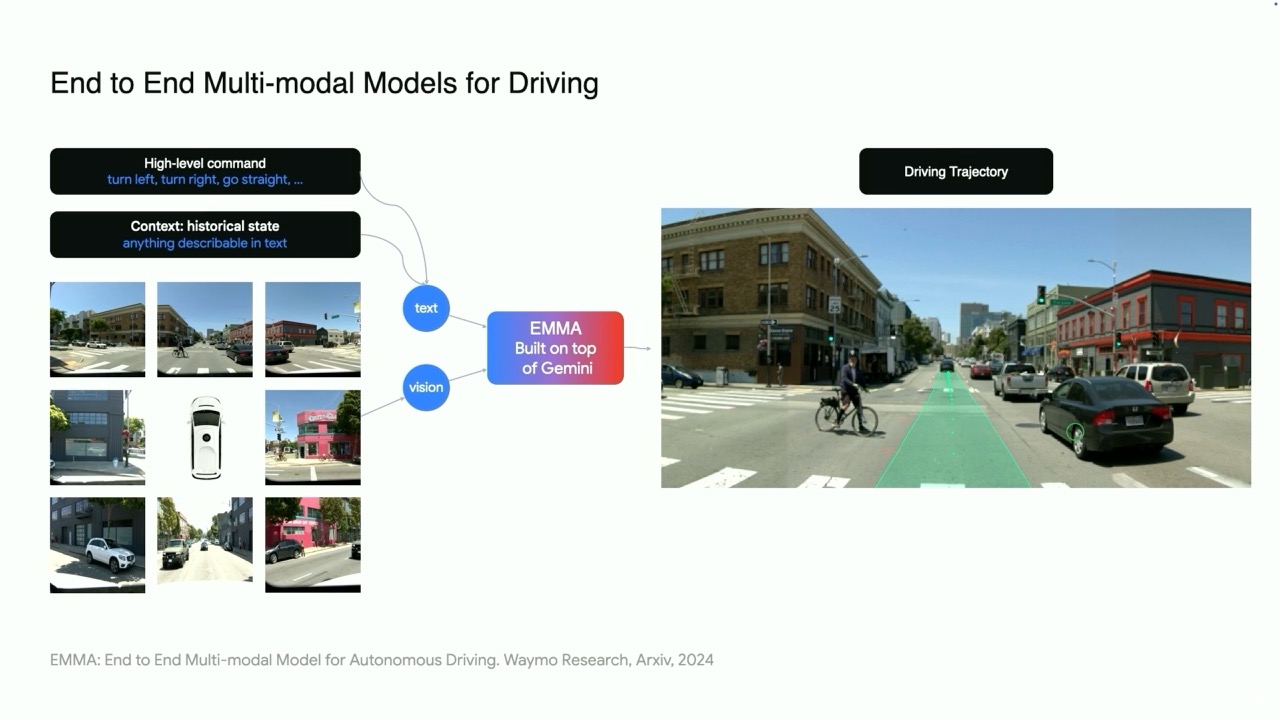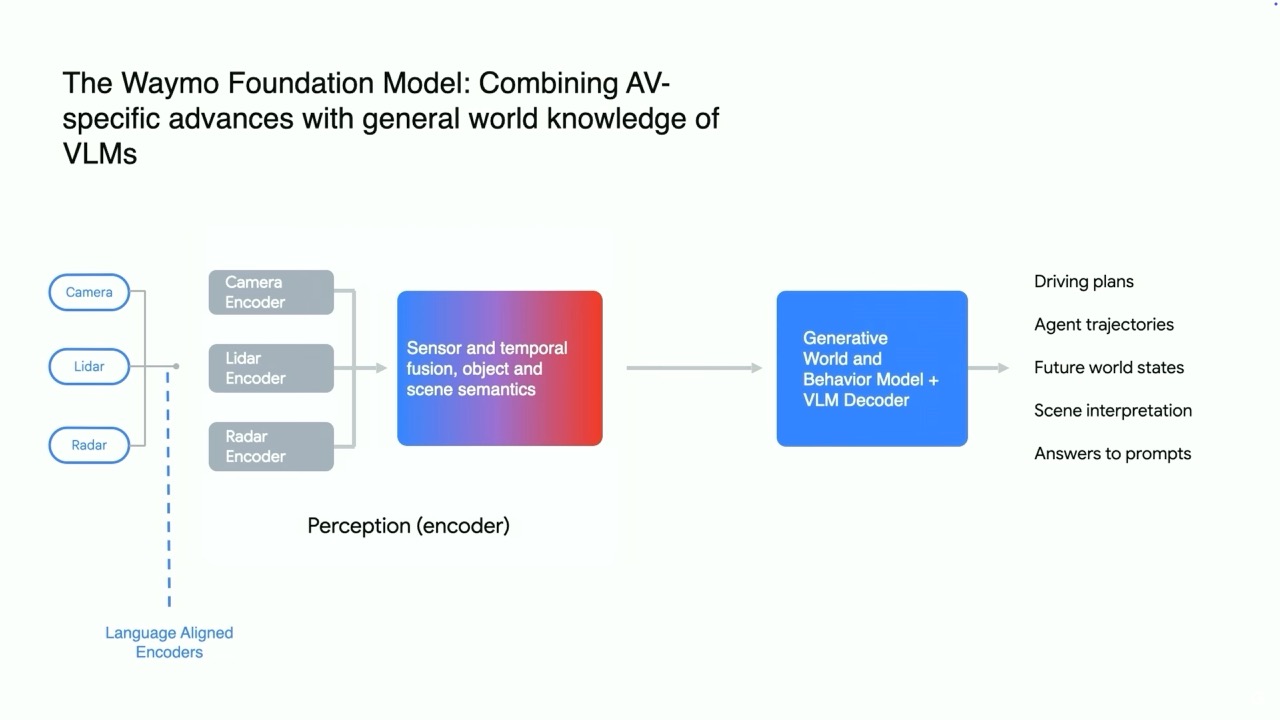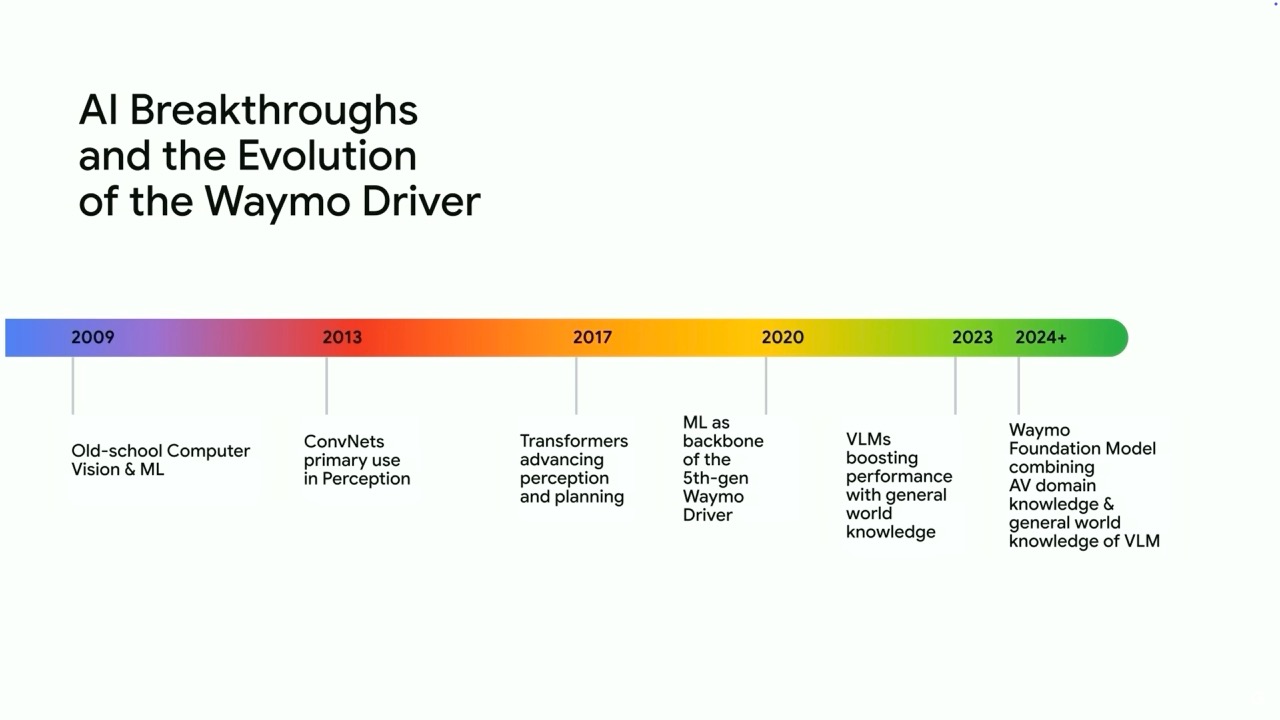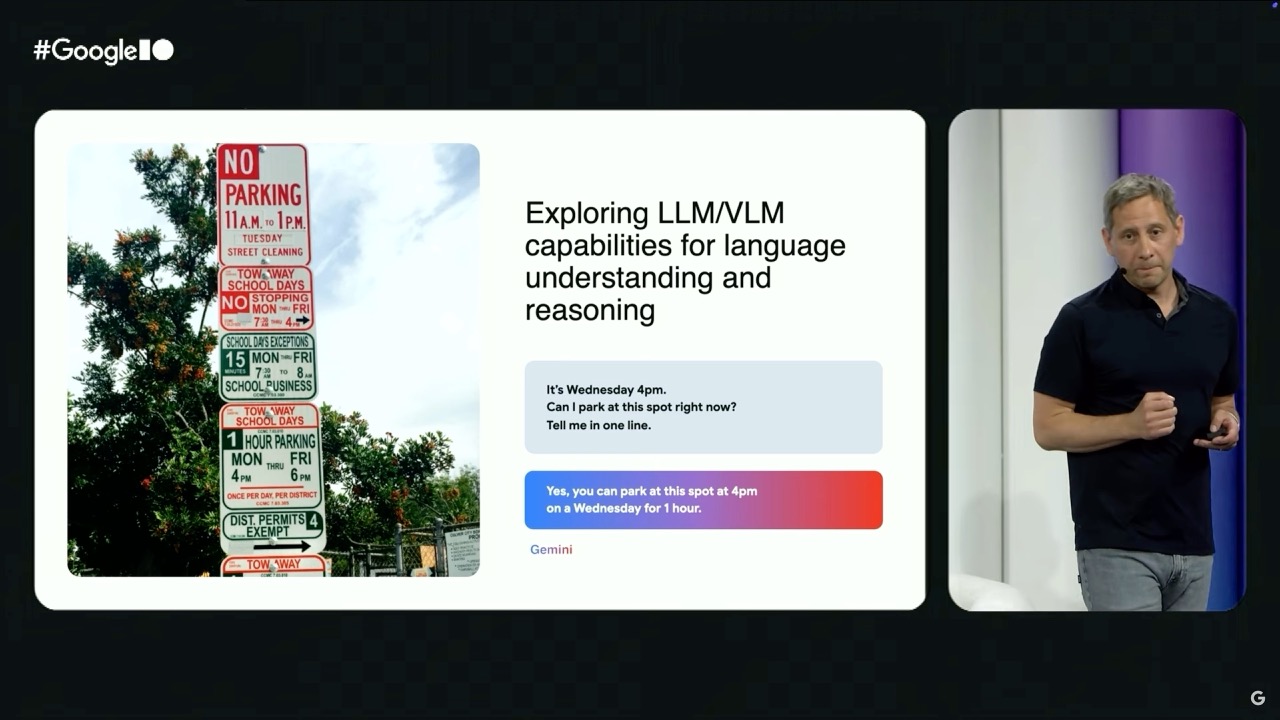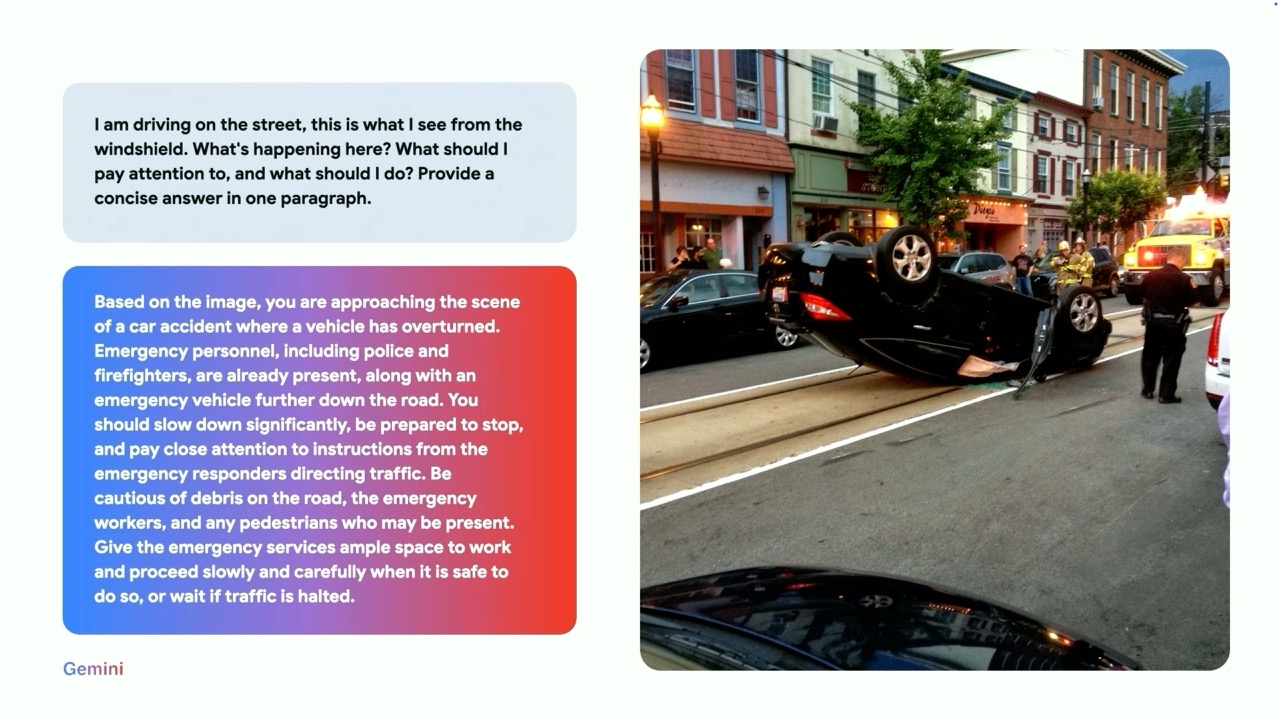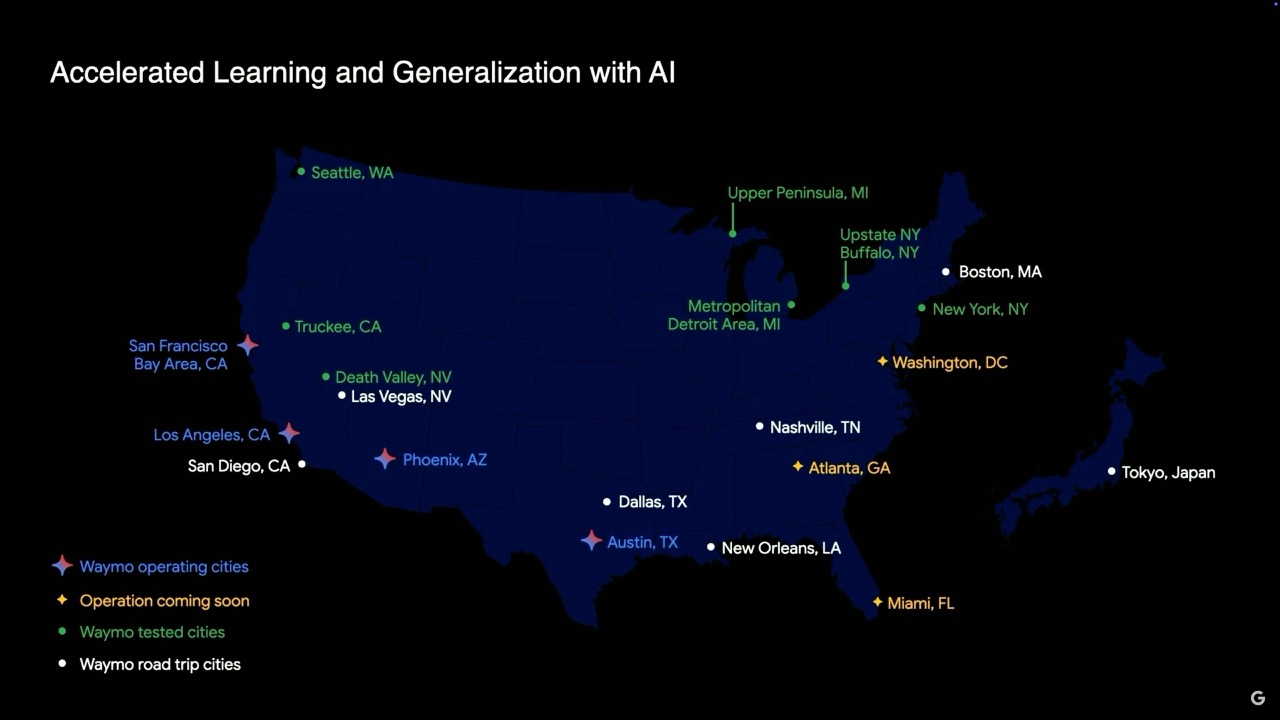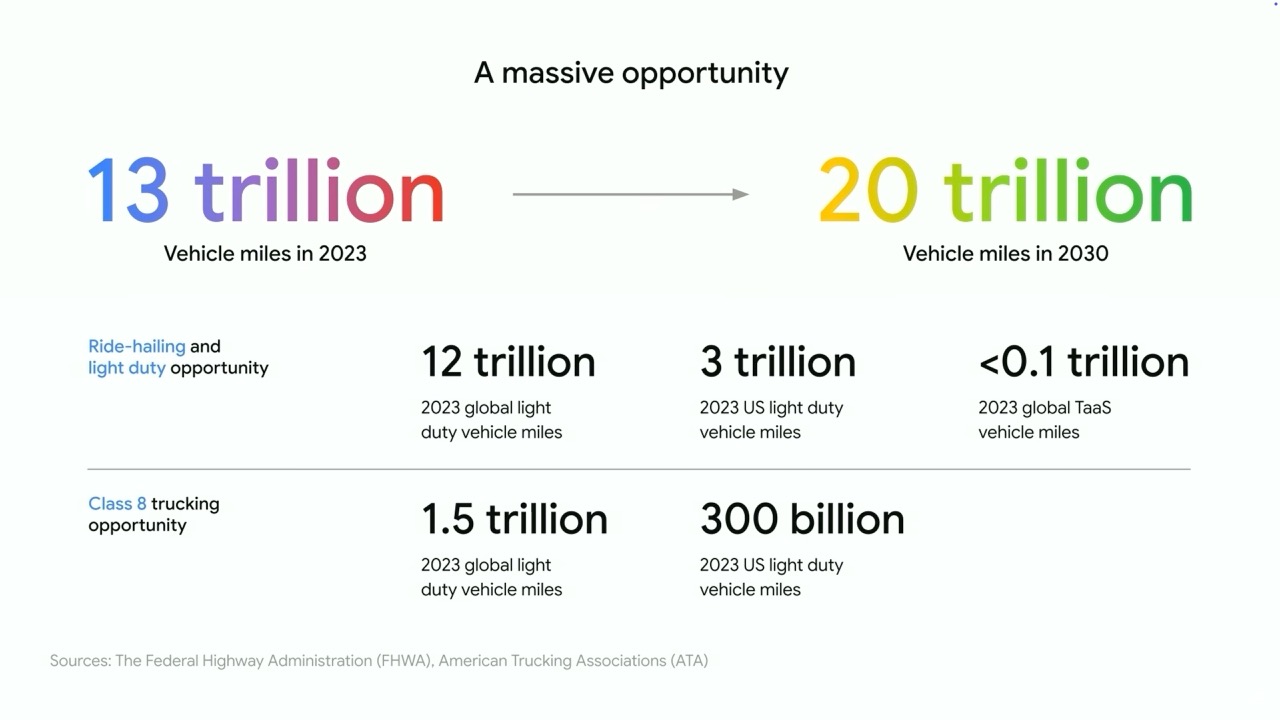AI Summary
Motivated by global road fatalities, Waymo, co-led by Dmitri Dolgov, has transformed from a Google project into a leading self-driving car service, completing over 250,000 autonomous rides weekly. Powered by advanced AI (neural networks, transformers, large language models), Waymo's vehicles exhibit "superhuman" safety, with 81% fewer injury-causing crashes than human drivers and being 10 times safer according to an insurance study. This technology aims to revolutionize transportation, urban design, and ultimately save lives by eliminating human error from driving.
Every 26 seconds, someone dies in a road collision somewhere in the world. That stark statistic drives Dmitri Dolgov, Co-CEO of Waymo, as he works to revolutionize how we think about transportation. What started 15 years ago as a small team of engineers testing autonomous vehicles in Google's parking lot has evolved into the world's most advanced self-driving car service, now providing over 250,000 fully autonomous rides each week.
Speaking at Google I/O, Dolgov painted a picture of an industry on the cusp of transformation, where AI isn't just changing how we interact with technology, it's literally reshaping the physical world around us.
From Racing Priuses to Commercial Reality
The story begins in 2009 with what Dolgov calls "an occasional autonomous race" in the very parking lot where Google I/O now takes place. Back then, a dozen engineers were tasked with proving something that seemed impossible: that cars could drive themselves on real roads, not just in controlled environments.
"I honestly did not know that you could drift a Prius until then," Dolgov joked, referencing early testing footage that showed their modified Toyota Prius navigating cone courses with surprising agility.
The early challenges were deceptively simple. Google's founders, Larry Page and Sergey Brin, gave the team two goals: drive 100,000 miles autonomously (orders of magnitude more than anyone had attempted), and complete 10 different 100-mile routes from start to finish without human intervention. With 2009 technology and a team of just a dozen engineers, they accomplished both in 18 months.
But Dolgov emphasizes there's a world of difference between proving a concept and building a commercial service that people trust with their lives.
The AI Advantage: Why Now Is Different
What's changed dramatically in recent years isn't just computing power or sensor technology, it's the fundamental approach to artificial intelligence that powers these vehicles. Dolgov points to three major AI breakthroughs that have accelerated Waymo's progress:
- Convolutional Neural Networks (2013): Revolutionized computer vision, dramatically improving how cars "see" their environment
- Transformers (2017): The same architecture powering ChatGPT now helps cars understand the social dynamics of driving, predicting how pedestrians and other drivers will behave
- Large Language Models (2020s): Enable cars to understand complex signage, interpret unusual scenarios, and make nuanced decisions
The transformer breakthrough proved particularly significant. "It turns out that modeling the interactive aspects of driving, the social aspects of driving, is not unlike modeling a conversation," Dolgov explained. "Except instead of words, you have states of objects, and instead of sentences, you have trajectories of those objects."
Superhuman Performance in the Real World
Waymo vehicles are involved in 81% fewer injury-causing crashes compared to human drivers, and when it comes to serious collisions involving pedestrians, the safety margin is even greater.
These aren't just impressive numbers, they represent a fundamental shift in road safety. Swiss Re, a major insurance company, analyzed Waymo's data using insurance claims as a proxy for fault and found Waymo drivers to be about 10 times better than humans.
The technology's superhuman capabilities become apparent in scenarios that would challenge even experienced drivers. Dolgov shared footage of a Waymo vehicle in San Francisco detecting a pedestrian hidden behind a bus—something impossible for human eyes. The car's sensors picked up the movement of the person's feet under the bus, processed that sparse signal through AI systems, and predicted the pedestrian's future behavior, all in milliseconds.
In another example from Austin, a scooter rider lost balance and stumbled into the road directly in front of a Waymo vehicle. The AI system reacted immediately, steering safely around the obstacle while protecting both the rider and passengers. What makes autonomous driving uniquely difficult compared to other AI applications? Dolgov identifies three critical factors:
- Complex Physical Environment: Cars must navigate weather, construction, unpredictable human behavior, and countless edge cases
- Safety-Critical Operation: Unlike a chatbot making an error, a driving mistake can have immediate, serious consequences
- Real-Time Requirements: Decisions must be made in milliseconds while moving at highway speeds
The hardest problems exist in what Dolgov calls "the long tail of driving", rare events that most human drivers never encounter but that an AI system serving hundreds of thousands of rides will inevitably face. These include grills falling off trucks on freeways, trees coming down during storms, or toddlers wandering into streets.
Every day, the Waymo driver encounters situations that many of us would never see in a lifetime of driving.
Beyond Sensors: The Power of Simulation
Waymo's approach goes far beyond just building better sensors or faster computers. The company has created what might be the world's most sophisticated driving simulator, capable of generating billions of miles of testing scenarios.
Using advanced AI techniques including diffusion models (the technology behind video generation), Waymo can create realistic 3D reconstructions of entire city blocks, then vary weather conditions, time of day, and traffic patterns to test edge cases that might occur only once in millions of real-world miles.
This simulation capability addresses a fundamental chicken-and-egg problem in autonomous driving: to build a good driver, you need a good simulator, but to build a good simulator, you need realistic models of how other road users behave. Waymo's AI foundation model serves both purposes.
Global Expansion and Future Applications
The company's recent expansion tells the story of AI's growing sophistication. Waymo recently received approval to expand its service to San Jose and has plans for 10 new cities in 2025, while a new partnership with Toyota aims to bring autonomous technology to personally-owned vehicles.
Dolgov explains that cities fall into two categories for Waymo's expansion. Some, like Atlanta, fall within their current "operating domain", the set of conditions the AI has mastered, and the technology works almost immediately. Others, like Tokyo with its left-hand traffic, require expanding that domain, but the AI learns "incredibly well and incredibly fast" when given new data.
The applications extend far beyond ride-hailing. Dolgov envisions the Waymo driver powering everything from local deliveries to long-haul trucking to personal vehicles. With total vehicle miles traveled projected to reach 20 trillion by 2030, the potential impact is staggering.
The Human Impact and The Road Ahead
Beyond the impressive technology and statistics, Dolgov returns to the human stories that motivated this work from the beginning. He shared the story of a blind married couple in Phoenix who hadn't been in a car together alone for more than 30 years until Waymo gave them that freedom back.
The broader implications are profound. Americans spend about 300 hours per year behind the wheel, 80 billion hours collectively that could be reclaimed for more productive or meaningful activities. Cities could be redesigned with smaller parking lots and different street configurations. Transportation could become truly inclusive for people with disabilities who currently face barriers to mobility.
Waymo has now completed over 10 million fully autonomous paid trips, with half occurring in just the first five months of 2025, demonstrating exponential growth in adoption.
For Dolgov and his team, each milestone brings them closer to their ultimate goal: a world where the leading cause of accidental death for people under 30—car crashes, becomes a relic of the past. In that vision, the real revolution isn't just technological, but fundamentally human: giving people back their time, their mobility, and most importantly, their lives.
Recent Posts
